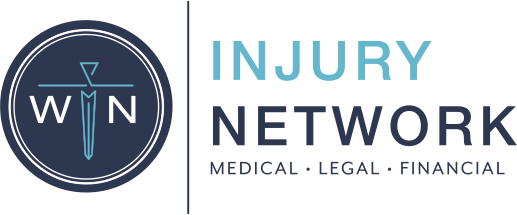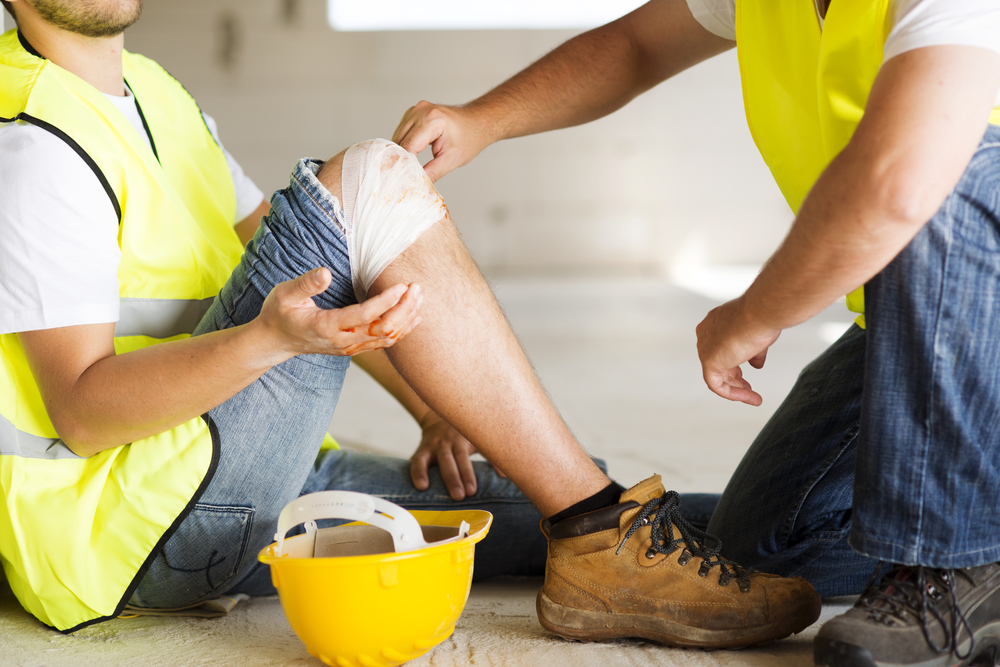You may have heard AOE, but what does it mean? Arising out of Employment is a legal term that refers to an injury or illness sustained directly from someone’s job. Suppose you have been injured while on the job; you may wonder if you are eligible for Workers’ Compensation benefits. This article will explain AOE and its effect on your case.
What Is AOE and Its Relevance to Personal Injury
AOE is an acronym that stands for “arising out of employment.” It is a legal term often used in personal injury and workers’ compensation cases.
When an individual is injured while at work, their injury may be covered by workers’ compensation, workers’ compensation is a system that benefits employees who are injured or become ill due to their job.
If you are injured while at work, you must speak with an attorney who can help you understand your rights and whether you may be eligible for benefits.
Who Can Be Found Liable in an AOE Claim?
Regarding an AOE claim, a few different entities can be found liable. Typically, the employer is at fault for an accident arising from employment. However, there may be other liable parties as well. These can include the manufacturer of a defective product, the property owner where the accident occurred, or even a third-party contractor.
It is essential to understand who or what may be held responsible for your injuries, as this will play a role in your ability to file and win a claim. If you are unsure who to contact after an accident, our team at WIN can help you identify the liable right party and build a case that strengthens your chances of success.
What Needs to Be Proven in an AOE Claim?
In order to make a successful AOE claim, you must be able to prove the following:
1. That you were an employee of the company at the time of the injury
2. That the injury arose out of your employment
3. That the injury was not your fault
4. That you received medical treatment for the injury
How Do Injury Lawyers Assess AOE Cases?
Injuries lawyers will usually consider a few key factors when assessing AOE cases. First, they will look at whether the injury was reasonably foreseeable. This means that they will ask whether it was something that could reasonably have been anticipated given the circumstances. If so, then the employer may be held liable.
Next, they will look at whether the employer took reasonable steps to prevent the injury from occurring. This includes providing safety equipment and training and ensuring the workplace is free from hazards. They might be liable if the employer did not take reasonable steps to prevent the injury.
Finally, they will consider whether the employee was negligent in any way. This includes things like failing to use safety equipment or failing to follow safety procedures. This may reduce the employer’s liability if the employee is negligent.
What Settlements Can Be Expected With an AOE Claim?
As every case differs, no set amount can be expected from an AOE claim. However, most settlements will cover the cost of any medical treatment needed due to the injury and lost wages. In some cases, additional damages may also be awarded.
Determining Cause of Injury in AOE-COE Cases
When determining the cause of an injury in an AOE-COE case, it is essential to consider all potential sources of harm. In many instances, it can be challenging to determine the specific cause of an injury, especially when there are multiple factors at play.
In order to decide, your legal team will need to review the facts of your case and consider all potential sources of harm. This may include reviewing the incident’s medical records, witness statements, and safety data. By taking a comprehensive approach, your legal team can build a strong case and help you get the compensation you deserve.
The Relationship Between AOE & COE
AOE is an essential concept in personal injury and workers’ compensation law. It means “arising out of employment,” referring to the relationship between an injury and the victim’s job. For a personal injury or workers comp claim to be successful, the plaintiff must usually show that their injuries arose from their employment.
There are two main types of AOE relationships: direct and indirect. A direct AOE relationship exists when the injury is caused by something inherent in the victim’s job. For example, if a falling piece of wood injures a carpenter, that would be a direct AOE relationship.
Indirect AOE relationships are more common, and they exist when the injury is caused by something that is not an inherent part of the victim’s job. For example, if an office worker slips and falls on a wet floor, that would be an indirect AOE relationship.
The distinction between direct and indirect AOE relationships is essential because it can affect the outcome of a personal injury or workers comp claim. If you have been injured on the job, you must speak with an experienced attorney who can help you determine whether you have a valid claim.
Factors Considered for Establishing AOE-COE
Many different factors come into play when trying to establish AOE-COE. The first factor is whether the injury occurred during the course and scope of employment. This can often be proven by looking at things like the injury’s time, place, and circumstances. For example, if you were injured while working in an office, it is more likely that the injury occurred during the course and scope of your employment than if you were injured while playing a sport.
The second factor is whether the injury was caused by something in the workplace. This is often referred to as the “cause in fact” test. For example, if a defective piece of equipment injured you, it is more likely that the injury was caused by something in the workplace.
The third factor is whether the injury was reasonably foreseeable. This is often referred to as the “foreseeability” test. For example, if you were injured by a piece of equipment you knew was defective, it is more likely that the injury was foreseeable.
These are only some of the variables that must be considered while attempting to develop AOE-COE. If you have questions about whether or not your injury qualifies, please contact an experienced personal injury or workers comp attorney for help.
How Win Injury Network Can Help You With an AOE Claim
At Win Injury Network, we understand how confusing and overwhelming the filing of an AOE claim can be. We are here to help. Our team of experienced personal injury lawyers will guide you through every step, from filing your initial claim to negotiating a fair settlement. We will work tirelessly to get you the compensation you deserve.
Do not endure this alone. Contact Win Injury Network to book a free consultation now. We will evaluate your situation and outline your legal choices.
Conclusion
AOE is an acronym for Arising Out of Employment. This term is used in workers’ compensation and personal injury cases to identify the source of the injury. In order to be eligible for workers’ compensation or personal injury benefits, the injury must have arisen out of the employee’s job duties.
If you have been injured on the job, you may wonder if you are eligible for benefits. The best way to find out is to speak with an experienced lawyer. The attorneys at WIN can help you assess your case and determine the best course of action.

